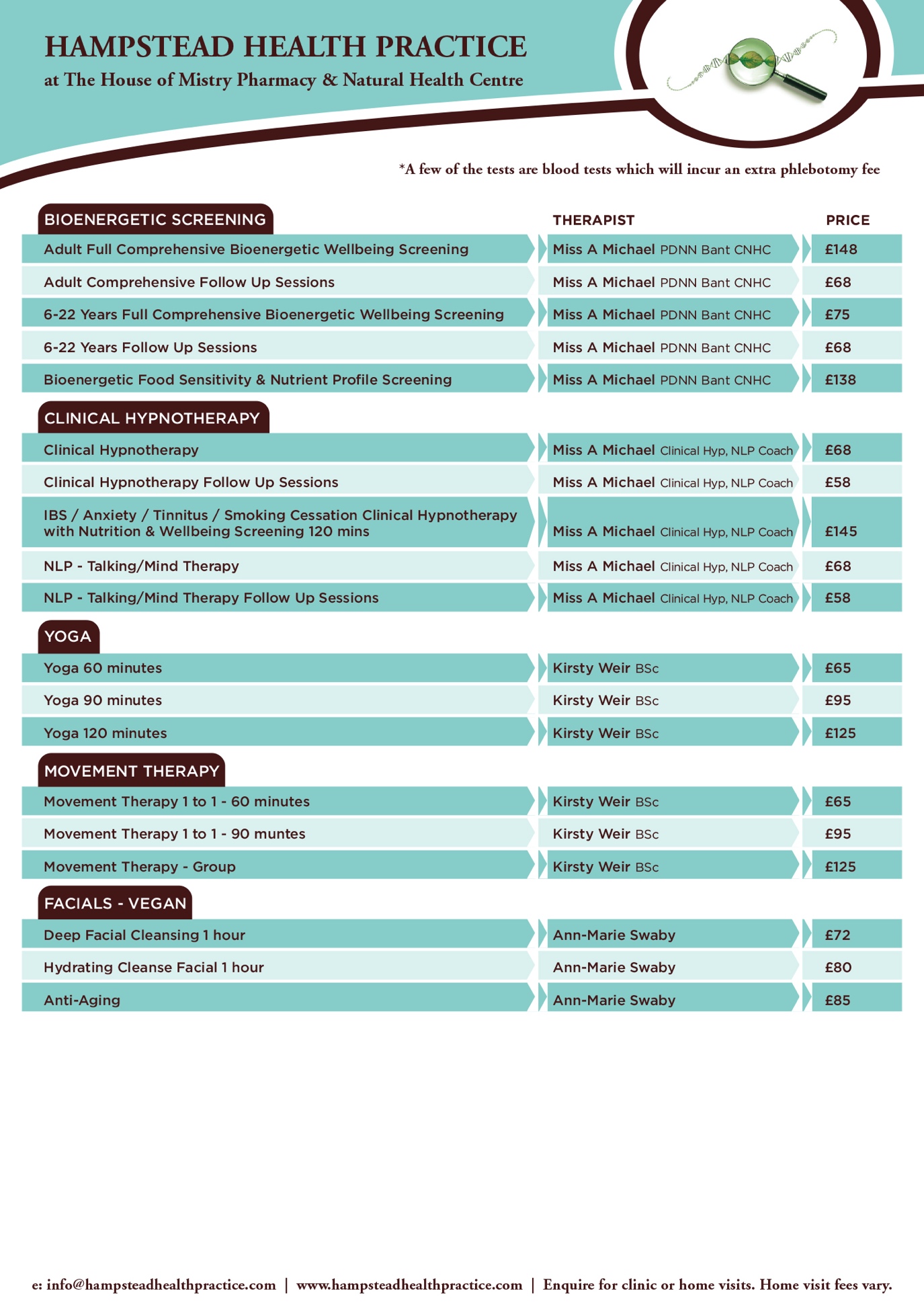This is a relatively common complaint, perhaps one in five people will suffer symptoms suggestive of lactose intolerance and this is a lot more common in certain ethnic groups. This is not an allergic condition, but an inability to digest lactose (milk sugar) because of low levels or an absence of lactase the enzyme responsible for digesting lactose. It can affect both children and adults, and the common symptoms are diarrhoea, bloating and discomfort. Lactose intolerance may occur temporarily following a bout of gastroenteritis and in these cases will usually resolve over time. Other cases will be lifelong such as those born with a primary lactose intolerance or those who grow into it.
Lactose is present in all mammal milks such as cows’ milk, goats’ milk, buffalo milk and sheeps’ milk in similar quantities.
For some people there is a dose related response, someone may be able to tolerate the small amount of milk in tea, but a glass of milk would cause symptoms.
There are tests available for the diagnosis of lactose intolerance, however the most reliable diagnosis is to exclude lactose to see if the symptoms get better and then reintroduce it to see if the symptoms return.
Look at the Hampstead Health Practice Calcium and Vitamin D Food lists.
 07850505794
07850505794 info@hampsteadhealthpractice.com
info@hampsteadhealthpractice.com


